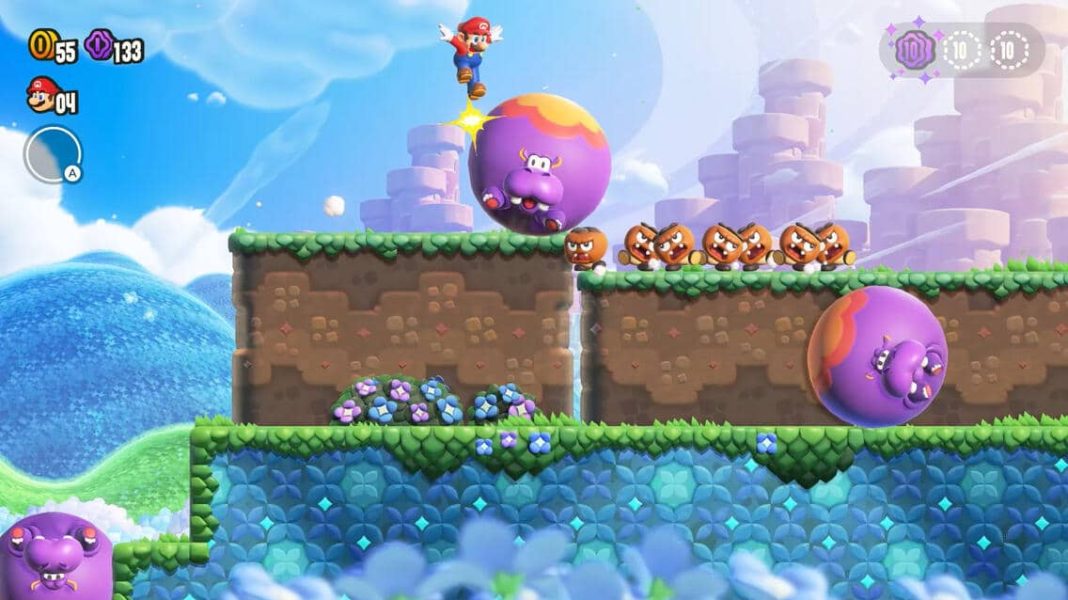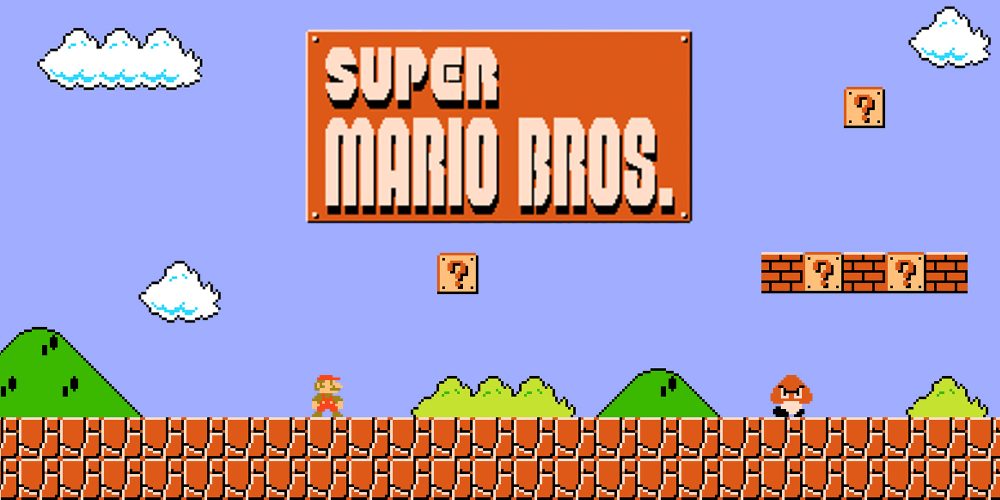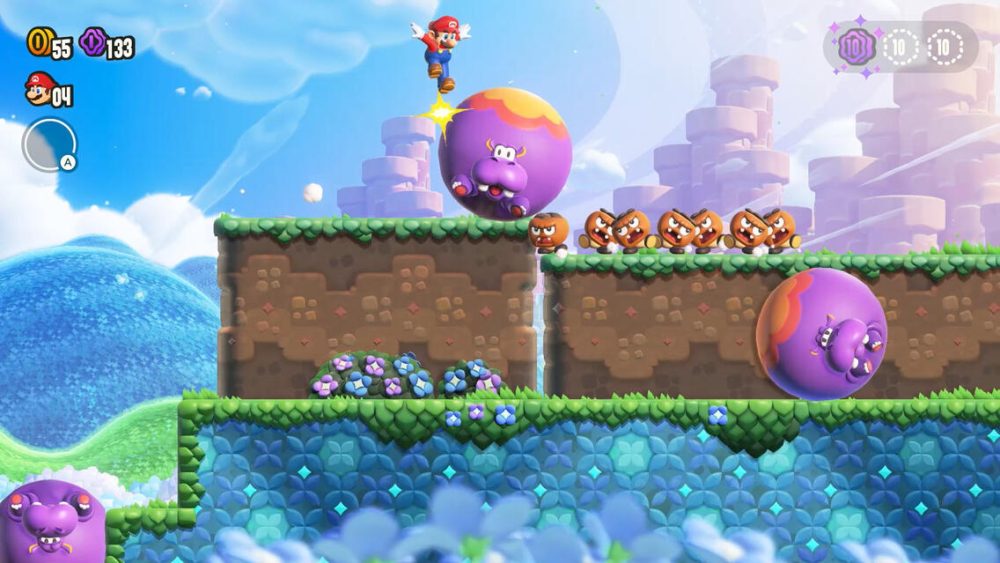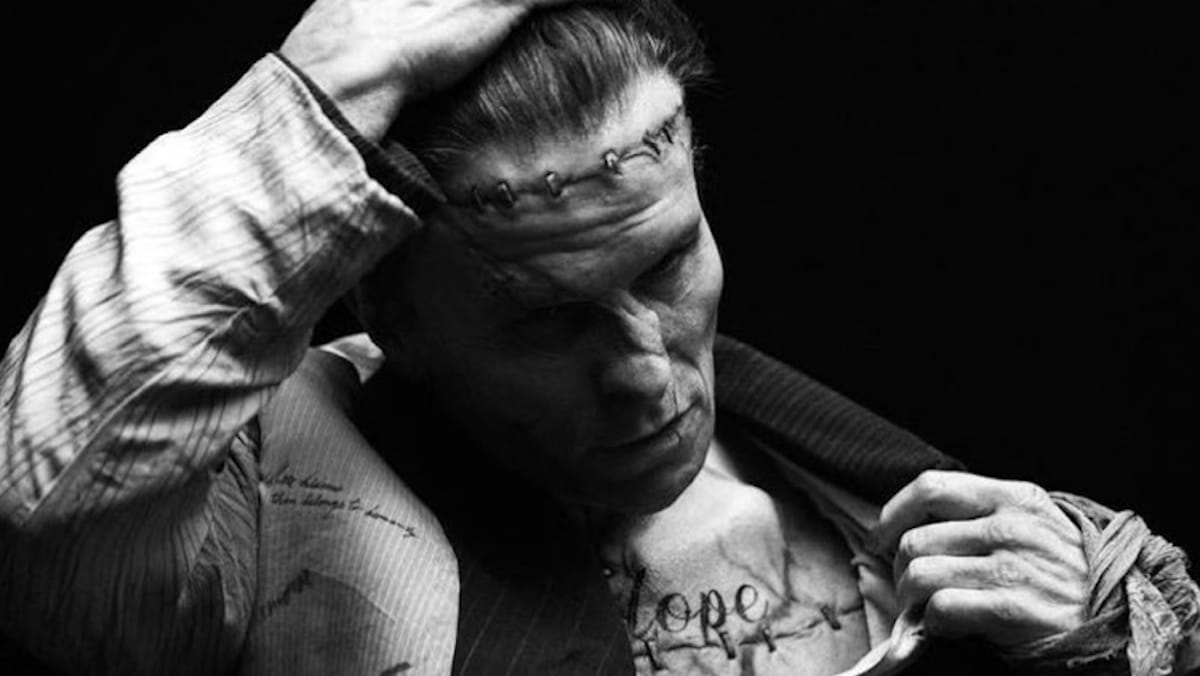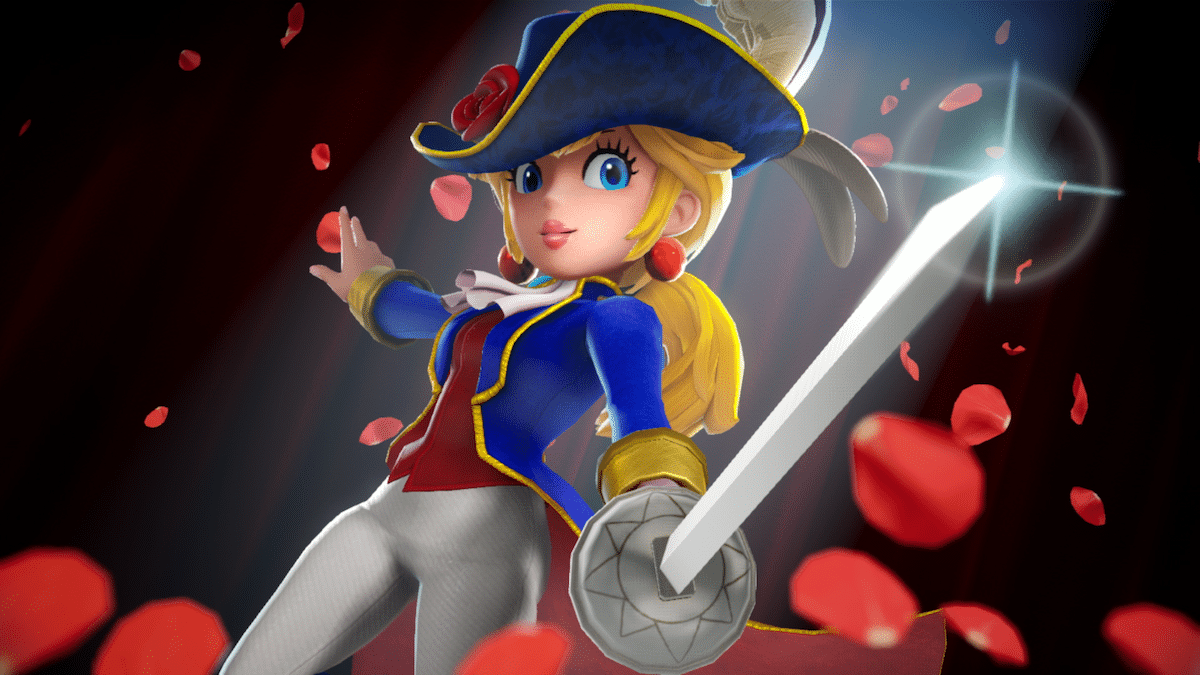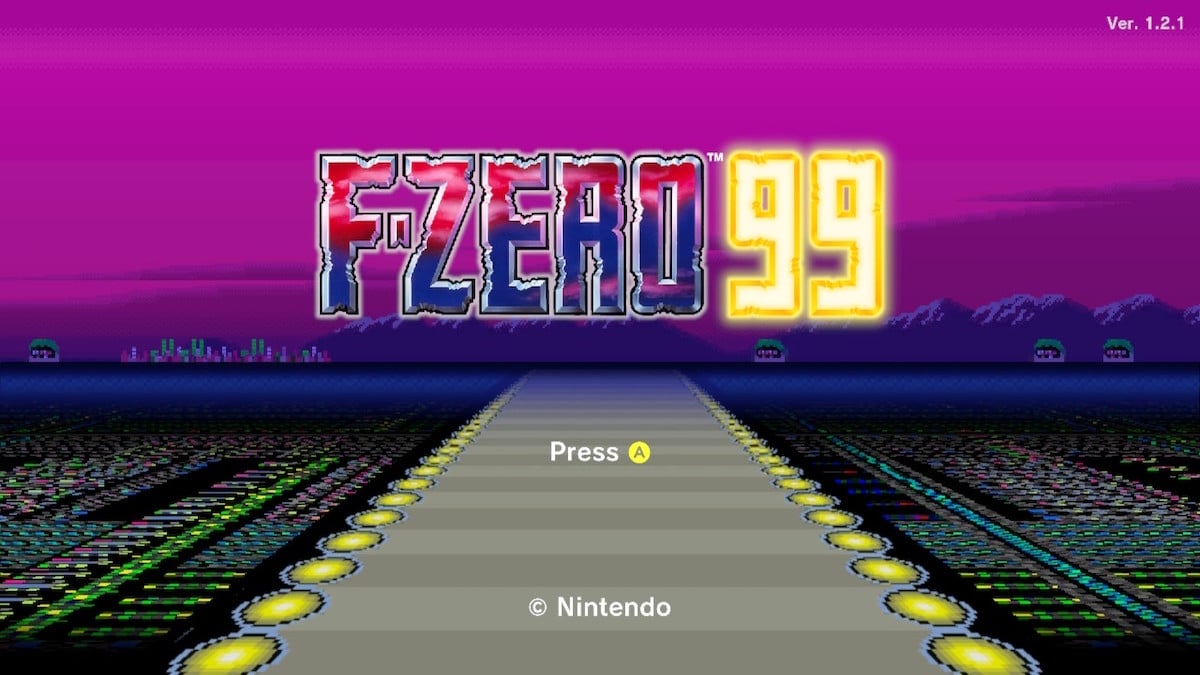The Beat’s Gregory Paul Silber has been accused of having a bit of an… obsessive personality. Each week in Silber Linings, he takes a humorous look at the weirdest, funniest, and most obscure bits of comics and pop culture that he can’t get out of his head.
Like many of you, I’ve been enjoying Super Mario Bros. Wonder on the Nintendo Switch for the past several weeks. As a lifelong Mario fan, I couldn’t have asked for more from the franchise’s first 2-D, side-scrolling adventure in over a decade. The controls are tighter than ever, the aesthetic is charmingly nuanced while still evoking that classic Mario charm, and appears committed to consistently surprising the player. In other words, it’s a game dedicated to providing players with a sense of, well, wonder.
I’ve been thinking a lot about wonder lately, because it feels like something that’s missing from a lot of our entertainment lately. Superhero movies, especially in the Marvel Cinematic Universe (MCU) are among the worst offenders, at least as of late. These are movies and TV shows about people with supernatural abilities like flight and super-strength, traveling across universes and even multiverses, and yet they’re rarely awe-inspiring.
It’s easy to point to the fact that perhaps blockbuster entertainment in general just hasn’t been very good for the past however-many years (with notable exceptions, of course), but the lack of wonder isn’t just a matter of quality, but creative intent. So much of our entertainment lately is focused on making their fantastical worlds “grounded” and “gritty” that they actively work against the idea of giving audiences a sense of wonder. I don’t mean to keep picking on the MCU, but they’re a convenient example of what I’m talking about. The tone of most MCU projects lately approach super powers and superheroics so nonchalantly—even sarcastically—that tonally, they sometimes have more in common with mundane sitcoms than sci-fi/fantasy adventures.
Superhero comics are sometimes guilty of this same problem. I love slice-of-life approaches to superhero comics in moderation, but not every comic can or should be reminiscent of Webtoons’ Batman: Wayne Family Adventures. I’m sure it’s difficult to find new ways to surprise readers when some of these characters have been around for nearly a century, but when I read comics, I want to be awestruck by things I’ve never seen before.
It hasn’t always been this way. When I think of the kind of “wonder” I’m talking about here, the first thing that comes to mind for me is Steven Spielberg‘s 1982 classic E.T. The Extraterrestrial. That was hardly the first movie (or even the first Spielberg movie!) about aliens, but the film is stylized in such a way that the viewer is consistently fascinated by the titular little alien. Between Melissa Matheson‘s heartfelt script, John Williams‘ sweeping score, a talented cast, and practical effects that still look better than the video-gamey CGI dominating today’s genre films, it’s truly a wondrous movie. I rewatched the film recently and I still gasped when E.T. made those bicycles fly. There were movies in which people flew before E.T., and there continue to be many more, but few of them make me think “oh my goodness, they’re flying” like E.T.
Let’s take it back to video games. As I’ve written about before, there was nearly a 10-year stretch in which I barely played video games at all until recently, so I’m not going to pretend to be an expert on gaming trends. But some of my earliest memories are of playing video games, and the wonder they inspired in little me.
The first games I remember playing are Duck Hunt (1984) and the original Super Mario Bros. (1985) for the original Nintendo Entertainment System (NES) that belonged to my eldest cousin. By that point, as a toddler in the early-to-mid 90s, the NES had already been rendered obsolete by the Super Nintendo and competitors like the Sega Genesis. But I didn’t know or care at that age. The fact that I could shoot a plastic toy gun at the tv and hit pixelated ducks was enough to inspire wonder. There was a lot of wonder in that original Super Mario Bros. too. The elegant simplicity in which that game teaches you how to play while you’re playing it, without the obligatory tutorial slog of most modern games, still impresses me, making it one of the few games of its generation that I still enjoy playing even with far more sophisticated and technically accomplished modern games at my disposal. The controls are remarkably tight for other games of that era, and every time I play it I discover something new.
That commitment to surprise has kept the Mario series fun, charming, and fresh for four decades. Everything in the Mario games, from the adorable visual style to the catchy score, feels designed to make the player smile. That’s never been more true than in Super Mario Bros. Wonder.
While the 3-D Super Mario Galaxy, with all its gravity-based shenanigans and planet-hopping adrenaline rushes, still holds the crown for my favorite Mario game, Wonder very well may be the best traditional, two-dimensional entry in the series—and yes, that is saying something. I’ve never played a platformer of its ilk that feels so alive. Little touches, like the fresh coat of paint on the redesigned characters, or how Mario grabs his hat before jumping down another pipe, come together beautifully. It doesn’t reinvent the Mario formula; it simply feels like the kind of Mario game that always should have existed.
There are plenty of Super Mario Bros. Wonder reviews you can read online if you want a more detailed analysis of the game’s mechanics, but I want to focus again on that concept of wonder. The Mushroom Kingdom has always been a magical place, but it’s never felt so brimming with excitement. The game is frequently (but not punishingly) challenging, yet there’s never a dull moment. No two of the 100+ levels feel the same, and most include a hidden “Wonder Flower” that completely alters the stage. Sometimes that means the game shifts to a top-down perspective, other times it causes an elephant stampede, and in some delightful cases, the music changes and makes all the enemies dance. The promise of more surprises makes the game addictive (although the levels are short enough to be perfect for portable play), and the boundless creativity earns Super Mario Bros. Wonder its title.
Super Mario Bros. Wonder pulls off the remarkable feat of making an old, familiar formula feel new again. Maybe that has something to do with the fact that five people who worked on the game have been working with Nintendo on Mario games since the original Super Mario Bros nearly 40 years earlier. Super Mario Bros. Wonder isn’t just a great game, but a an outstanding argument for the benefits of employee retention.
In all seriousness, I hope that Super Mario Bros. Wonder inspires more creators to imbue their work—in video games and beyond—with a sense of wonder. If you’re consuming entertainment in The Year of Our Lord 2024, chances are there isn’t much you haven’t already seen, from superheroes to dinosaurs to aliens. But that doesn’t mean talented artists can’t still make those things give us goosebumps.


